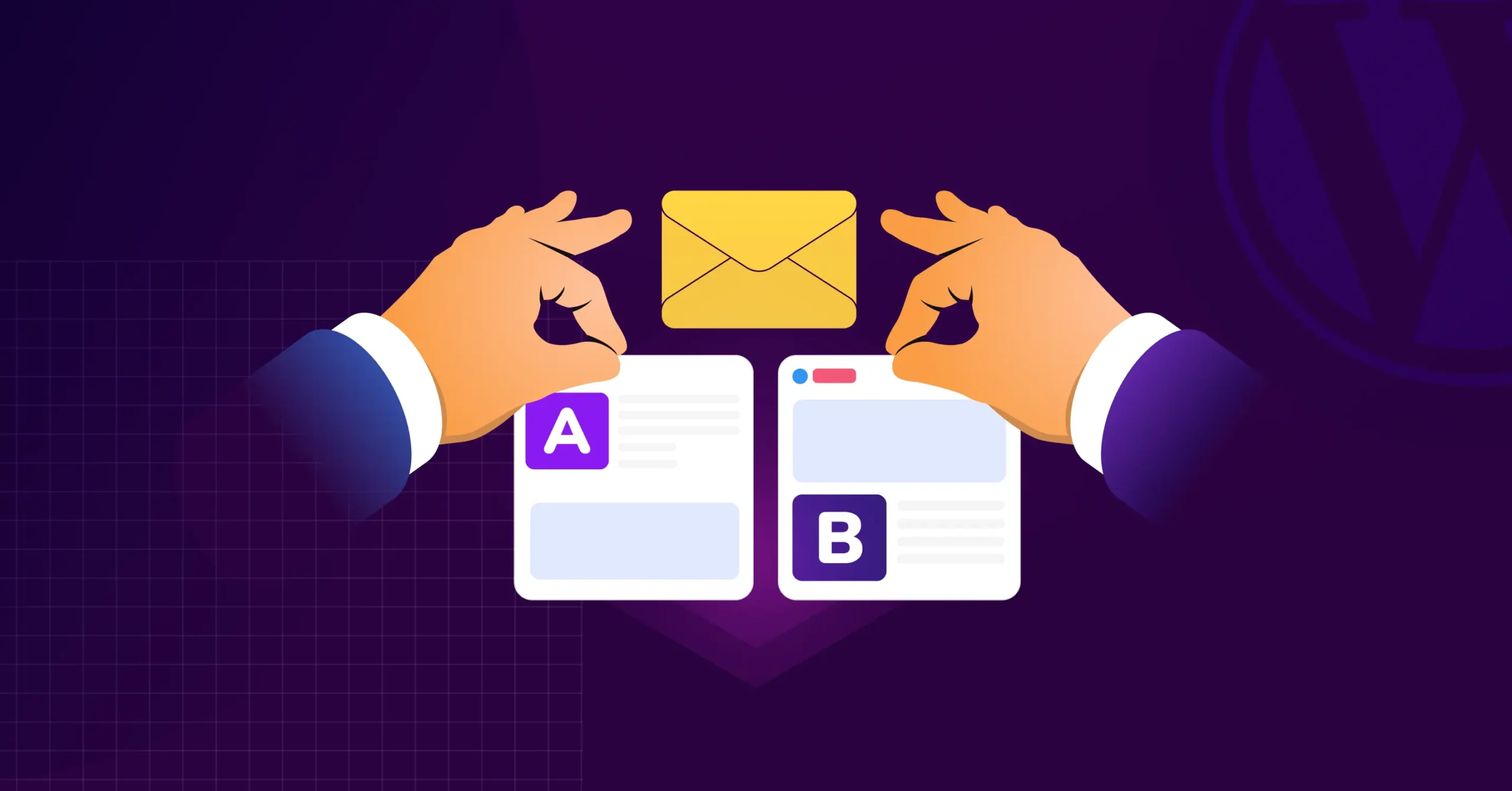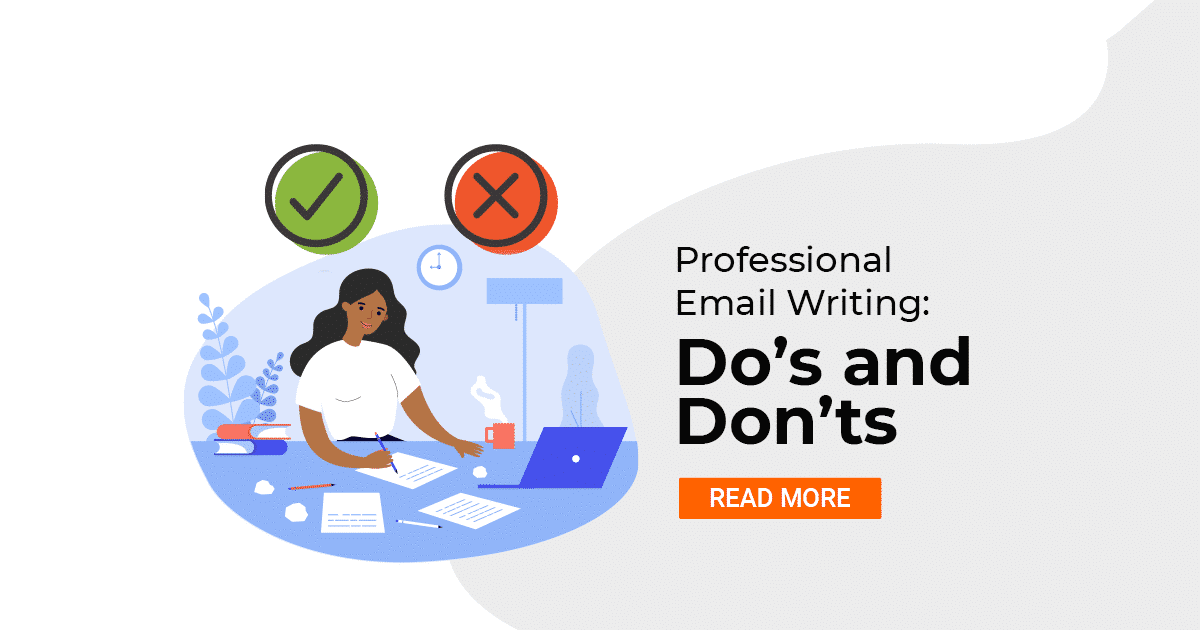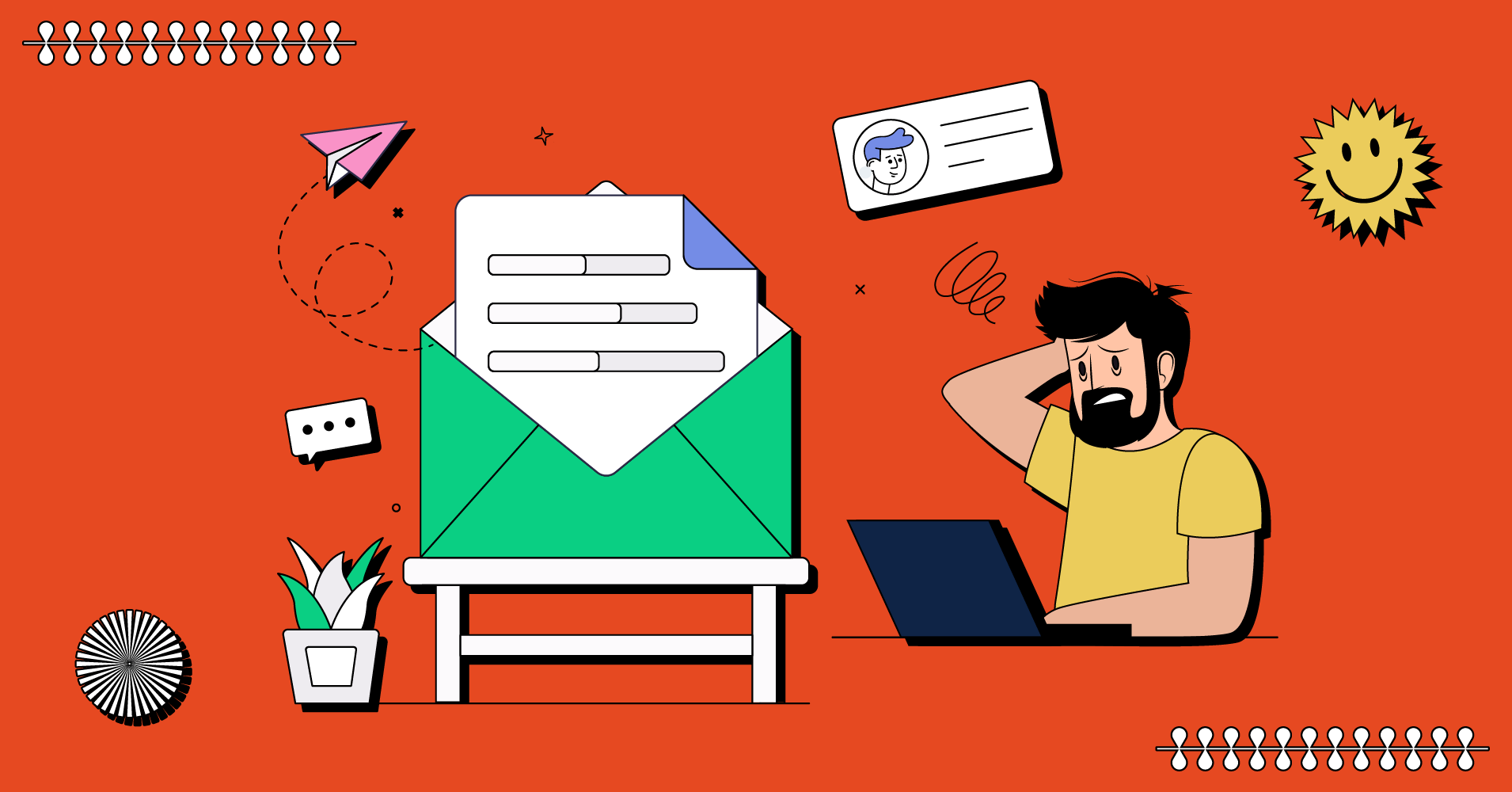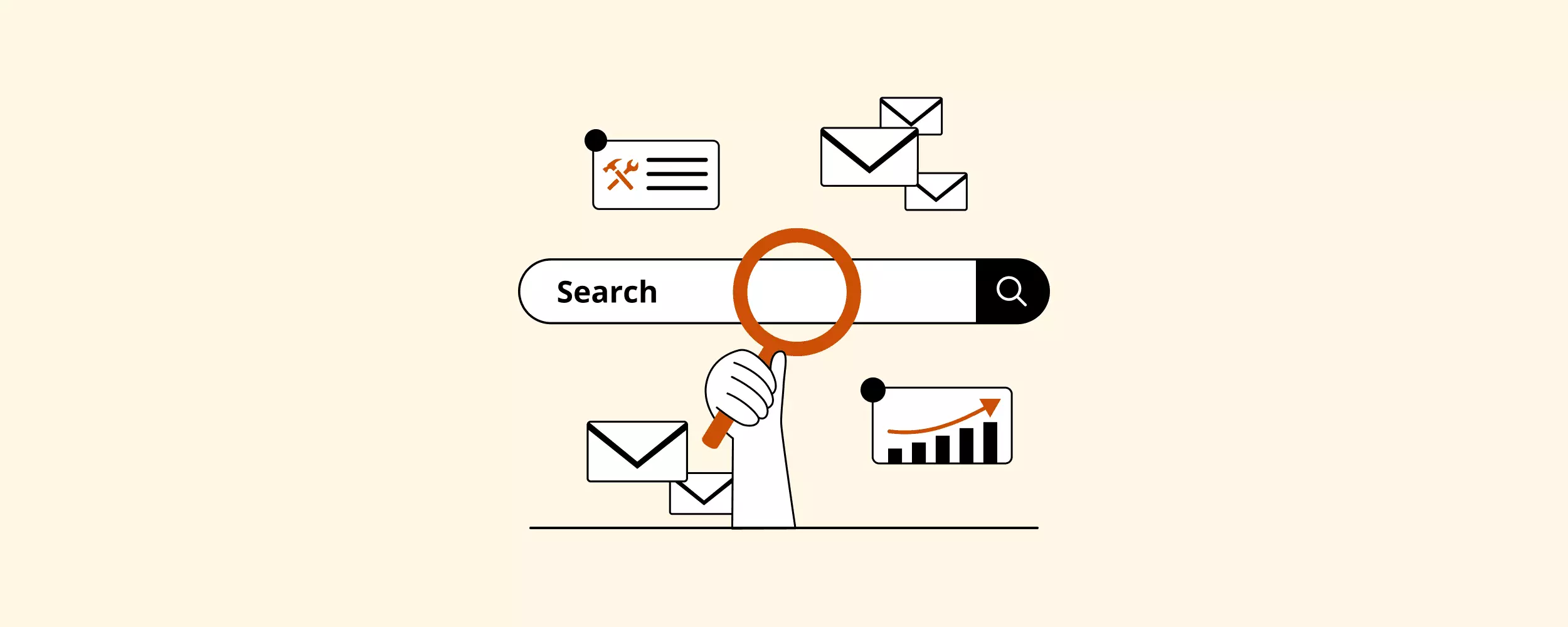With more than 4.3 billion users, email is one of the longest and most popular ways to talk to people online. A return on investment (ROI) of $36 for every dollar spent makes it the best way to sell. Already that wasn’t enough? Email marketing is 40 times better at getting new customers than both Facebook and Twitter put together.
Ray Tomlinson sent the first email in 1971. The first business email was sent to 400 addresses in 1978 by Gary Thuerk, who was the marketing manager at Digital Equipment Corp. He told them about a new product. It pulled in about $13 million in sales because of this email.
What is Email Marketing?
As a type of digital marketing, email marketing involves using email to find new customers, keep old ones interested, and talk to them.
Email marketing can be used to let people who have signed up for your list know about new goods, sales, and other services. Additionally, it can be used to teach customers about the value or benefits of your business.
Benefits of Email Marketing
There are lots of good reasons to use email marketing. These things make email different from all the other ways to communicate.
- Direct connection to the audience – When you use email, you can talk to users right in their inboxes. Unlike social media posts, you can be sure messages will reach the right people.
- Email gives you more power – It’s the most reliable way to sell. Unlike SEO or social media, email isn’t at the mercy of algorithm changes.
- Personalization made better – One of the best things about email marketing is targeted and personalized content. Segmented and personalized ads can generate up to 760% more revenue.
- Success that can be measured – Metrics like open rates, click-through rates, and conversion rates make it easy to track and optimize performance.
- Cost-effective with a High ROI – It reaches many customers at low cost, making it ideal for small and medium-sized businesses.

ALSO READ: 10 Common Email Marketing Mistakes to Avoid
How Does Email Marketing Work?
To understand this, let’s look at the three most important parts of a successful email marketing campaign:
- List of emails: the base – The email list is the foundation. A current, engaged list is critical.
- Offer Value (ebooks, workshops)
- Opt-In Website Pop-Ups
- Facebook Ads for lead generation
- The engine is an Email Service Provider (ESP) – ESPs handle:
- List Management
- Design and Automation
- Analytics and Improvement
- Clear goals: the way – Decide whether you want to increase sales, boost brand recognition, nurture leads, or improve customer loyalty.
This methodical approach ensures email marketing is not just a guess, but a planned effort with measurable goals.
Types and Examples of Emails
- Thank you emails – Welcome new customers, give a sneak peek.
- Newsletters – Share articles, updates, and new products.
- Lead nurturing emails – Step-by-step messages guiding buyers.
- Transactional & confirmation emails – Order confirmations, follow-ups, shipment updates.
- Dedicated emails – Sent to specific groups based on behavior.
- Announcement emails – Promote new product launches or events.
- Promotional emails – Announce sales or discounts.
- Survey emails – Ask for feedback and improve products.
- Holiday marketing emails – Black Friday, Christmas, Valentine’s.
- Re-engagement emails – “We miss you” style reminders.
- Triggered emails – Abandoned cart, signup confirmations.
- Social media connection emails – Encourage following/engagement on platforms.
The Best Ways to Use Email Marketing
- Do not buy email lists – Avoid spam, GDPR/CAN-SPAM violations, and damage to sender reputation.
- Do a double opt-in – Ensures better deliverability and GDPR compliance.
- Split up your email list – Segment by age, area, lead score, and purchase history for relevance.
- Personalization – Use names, time zones, behavior triggers, and product recommendations.
- Test your emails with A/B – Optimize subject lines, CTAs, and content formats.
- Improve deliverability – Avoid spammy subject lines, keep lists updated, include unsubscribe links.
- Get rid of old emails – Regular list cleaning boosts engagement and delivery.
- Measure performance – Track open rate, CTR, unsubscribe rate, bounce rate.
- Set up automated email campaigns – Use autoresponders and lead nurturing sequences to scale.
By following these best practices, you can make sure that your email marketing efforts are both effective and legal, which will help your business grow and your relationships with customers.
![What is Email Marketing? [An Expert Guide for Beginners]](https://mailglyde.com/wp-content/uploads/2025/09/Online-4.webp)





Leave a Reply